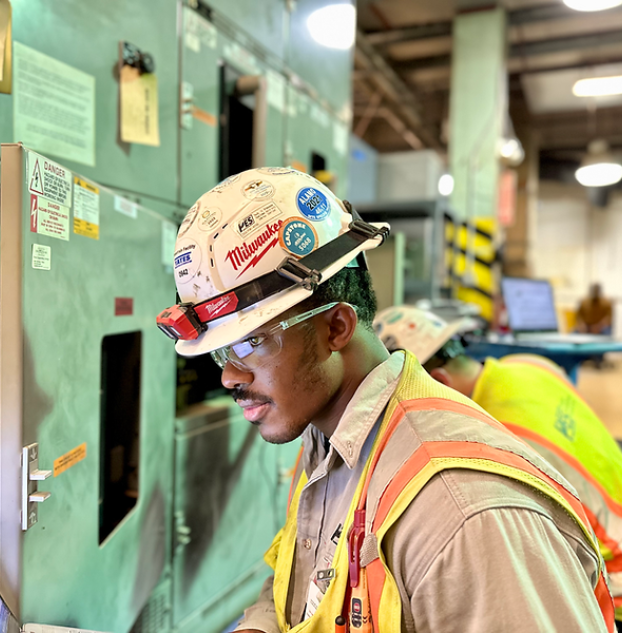Optimize Effectiveness and Accuracy: Engineering Support for Laying Out, Measured Structure Surveying, and Topographical Surveys
Optimize Effectiveness and Accuracy: Engineering Support for Laying Out, Measured Structure Surveying, and Topographical Surveys
Blog Article
Optimizing Source Allocation With Strategic Surveying Practices
In the realm of strategic source allotment, the technique of surveying stands as a crucial tool for companies intending to enhance their performance and effect. By systematically accumulating data and understandings, critical checking practices provide a roadmap for educated decision-making and source circulation.
Importance of Strategic Evaluating Practices
Strategic evaluating practices play an essential role in figuring out the reliable allowance of resources within companies. By conducting critical surveys, companies can collect beneficial data and understandings that aid in making notified decisions relating to the allotment of resources such as manpower, budget, and time. These methods provide a structured method to understanding the current state of the organization, recognizing areas for improvement, and aligning resources with tactical goals.
One vital value of calculated surveying techniques is that they assist companies prioritize their campaigns based upon real-time responses from stakeholders. This guarantees that sources are routed in the direction of projects or tasks that have the highest possible influence on accomplishing organizational goals. In addition, calculated surveys allow companies to adjust to transforming market problems, consumer preferences, and inner capabilities by constantly examining and keeping an eye on resource appropriation strategies.
Celebration Insights From Stakeholders
Including responses from stakeholders is necessary for organizations executing critical evaluating techniques to properly designate sources and drive decision-making procedures. Stakeholders, including workers, consumers, vendors, and area members, hold valuable understandings that can dramatically influence the success of calculated campaigns. setting out engineer services. Involving with stakeholders with surveys, interviews, focus groups, and comments sessions enables organizations to obtain a deeper understanding of their concerns, choices, and needs
By collecting understandings from stakeholders, organizations can recognize essential locations for improvement, prioritize source allowance based on real requirements, and align strategic objectives with stakeholder assumptions. Furthermore, involving stakeholders in the decision-making procedure cultivates a sense of possession and dedication, causing increased buy-in and support for calculated initiatives.
In addition, stakeholders frequently supply distinct perspectives and ingenious ideas that might not have actually been thought about inside. By proactively paying attention to and integrating stakeholder feedback, organizations can enhance their calculated surveying techniques, make more educated choices, and inevitably achieve better results.
Utilizing Data-Driven Approaches
Making use of data-driven strategies is critical for organizations seeking to boost the effectiveness of their resource allotment methods and decision-making processes. By leveraging data analytics and advanced technologies, companies can extract important insights to enhance source allotment, recognize fads, and make informed decisions. Data-driven methods enable companies to assign sources based on empirical evidence instead of intuition, resulting in much more reliable and efficient results.

In addition, companies can employ predictive analytics to anticipate future resource demands and assign resources proactively. measured building surveying. By leveraging historical information and trend evaluation, companies can anticipate need variations and readjust their source allocation methods as necessary. In general, embracing data-driven methods equips companies to make knowledgeable decisions that maximize resource appropriation efficiency and drive sustainable growth
Identifying Areas for Improvement
Determining areas for improvement is an essential action in the procedure of taking full advantage of resource allowance. By identifying where bottlenecks or inadequacies exist within the company, decision-makers can guide resources towards addressing these details Go Here locations.
One reliable technique for identifying areas for renovation is carrying out routine you could try these out efficiency analyses across various departments or features. Through these assessments, organizations can gather beneficial understandings into locations that call for focus or restructuring. Furthermore, looking for feedback from staff members in all levels of the organization can supply a special perspective on possible areas for enhancement.
Moreover, making use of tools such as procedure mapping, SWOT analysis, and benchmarking can aid in identifying locations for improvement by highlighting toughness, weaknesses, possibilities, and risks within the organization. By methodically analyzing these elements, organizations can create a thorough understanding of where sources ought to be assigned to drive performance and efficiency.
Practical Tips for Application

Final Thought
Finally, critical surveying practices play a crucial function in taking full advantage of resource allotment by gathering insights from stakeholders, utilizing data-driven approaches, and recognizing areas for renovation. Applying practical suggestions for effective surveying can result in more educated decision-making and optimized resource allotment methods. By focusing on strategic surveying methods, organizations can guarantee that sources are designated successfully and successfully to meet their goals website here and purposes.
In the realm of critical source allowance, the practice of checking stands as an essential tool for companies aiming to enhance their effectiveness and effect.Strategic surveying methods play a vital duty in determining the efficient appropriation of sources within companies.Integrating feedback from stakeholders is crucial for organizations executing calculated evaluating techniques to effectively allocate sources and drive decision-making processes.Furthermore, companies can use predictive analytics to anticipate future resource needs and allocate sources proactively. By focusing on tactical evaluating methods, organizations can make certain that resources are allocated effectively and effectively to meet their goals and objectives.
Report this page